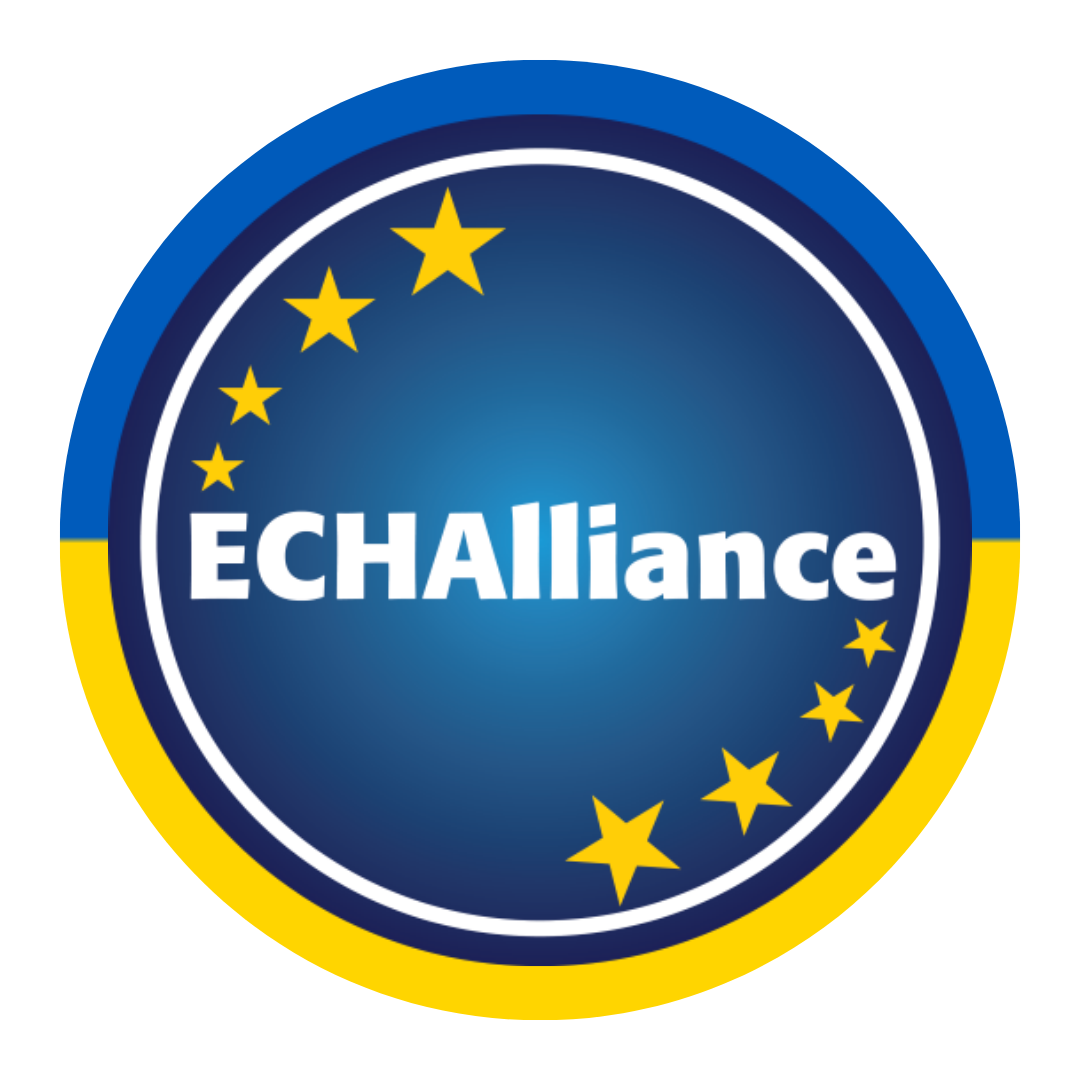HAIs are estimated to cost billions of dollars annually and have been long accepted by clinicians as an inevitable hazard of hospitalization. These HAIs can be avoided through proper strategies. Find out how.
Hospital-Acquired Infections (HAIs) are infections that develop in a hospital or other health care facility that first appear 48 hours or more after hospital admission, or within 30 days after having received health care.
The US Center for Disease Control and Prevention identifies that nearly 1.7 million hospitalized patients annually acquire HAIs while being treated for other health issues and that more than 98,000 patients (one in 17) die from these1.
HAIs are estimated to cost billions of dollars annually and have been long accepted by clinicians as an inevitable hazard of hospitalization, however increasingly there is an awareness that relatively straightforward measures can prevent many common HAIs. This must be more widely embraced by hospitals and healthcare professionals.
At any one time in the US 1 out of every 25 hospitalized patients are affected by an HAI2. Many of these infections are preventable. Efforts must be made to place more focus on the implementation of strategies known to prevent HAIs and advance the development of effective prevention tools.
Although many of the efforts to prevent HAIs to date have focused on acute care settings, it is also important to pay attention to other outpatient settings; often patients move between various types of healthcare facilities. Consequently, infection prevention efforts must expand across the continuum of care.
What increases the risk of hospital-associated infections (HAIs)?
HAIs can happen in hospitals, nursing homes, long-term care facilities, ambulatory surgical centers, dialysis centers, and many other healthcare facilities. There are several factors which increase the risk of an HAI, including:
- Use of catheter (drainage tube) or ventilator (breathing tube)
- Injections
- Surgery
- Medical equipment not properly cleaned and disinfected
- Poor hand hygiene
- Lack of cleaning protocols
- Improper training
This allows disease that spreads between healthcare worker to patient or from patient to patient
Up to 80% of infection is spread through contact3 – therefore most HAIs can be avoided with the proper strategies!
An easy move for hospitals and clinics to decrease HAIs is to move away from using medical devices which require unnecessary contact with the patient.
Temperature measurement is a routine procedure, carried out every day in every ward on every patient. Traditional contact thermometers carry a huge risk of infection as they touch the patient. In a 900 bed hospital around 2 million temperature readings are taken per year4. For hospitals using traditional contact thermometers like the tympanic or axilla, that’s 2 million unnecessary contact points with patients.
Non-contact thermometers are not only safer for both the patient and the healthcare worker but they offer huge cost savings for hospitals and reduction of plastic waste which benefits the environment.
TRITEMPTM is a hospital-grade, non-contact thermometer that has been precision-engineered to be accurate and robust enough to withstand busy healthcare environments
Ready to learn more? To set up a free trial or to learn more about how your hospital can reduce HAIs and switch to TRITEMPTM, contact jcromie@trimedika.com
1 https://www.ncbi.nlm.nih.gov/pmc/articles/PMC6245375/
3 Infection Prevention Head Nurse in Northern Ireland – Colin Clarke
Discover more about TriMedika:
TriMedika is an innovative medical technology company that provides the most accurate clinical devices for hospitals worldwide. The first product to market is TRITEMP™, a precision engineered, hospital-grade non-contact thermometer sold in 21 countries internationally and over 1500 hospitals.


